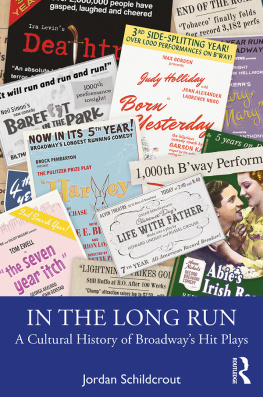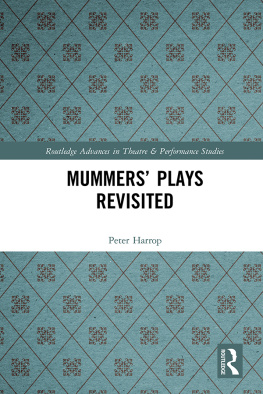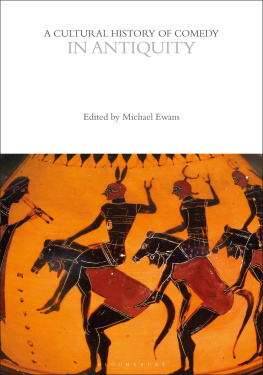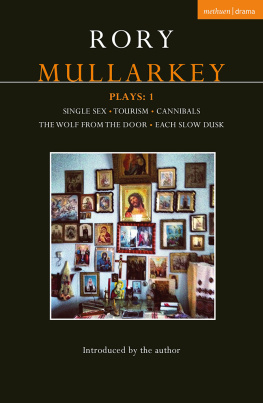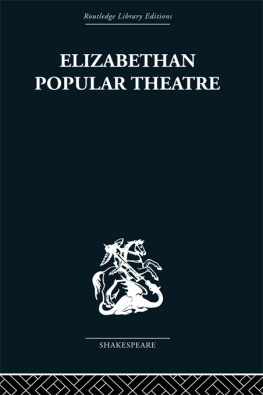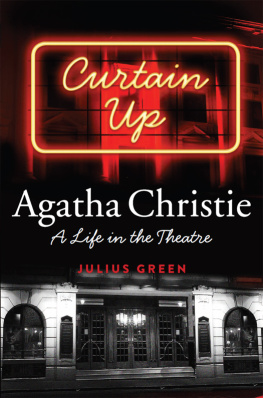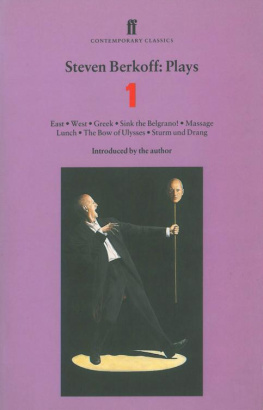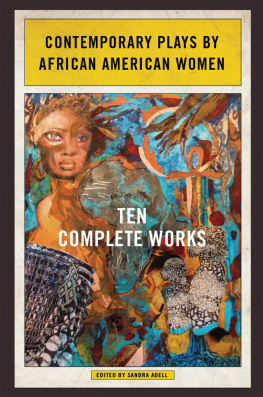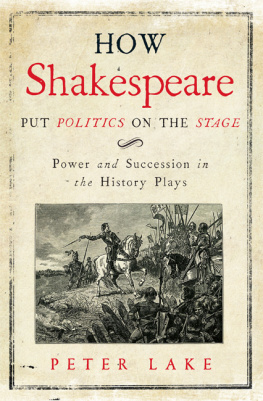Many different factors played a role in creating the conditions necessary for the first Broadway play to run over 1,000 consecutive performances. Previously, the system of theatre production in America was not conducive to a long run, nor was it even a goal. In the early nineteenth century, the dominant method of theatre production was the independent stock company, a troupe, often managed by the lead actor or playwright, that would perform a repertoire of different plays in rotation, usually in its own resident theatre. Some managers might have been tempted to extend the run of a successful play, but they did so at the risk of losing their regular patrons, many of whom came each week to see a new play. The stock company began to evolve in the 1820s under the influence of the star system, in which a celebrated actor (almost always English) would travel across the country, visiting for limited engagements with the resident company in each city.
By the 1860s, with an expanded railroad system now linking the country, it became more profitable to send not just the star on tour, but the whole combination. As historian Mary C. Henderson writes, performers, scenery, costumes, and technical personnel would be assembled for a single play, which would then tour to theatres around the country. Theatre had, of course, always been a business, but now that combination companies had replaced stock companies, it was a business run not by theatre artists, but by businessmen who sought to maximize profit. One of the key ways they did so was to run a play for as long as possible in order to get the greatest return on their production investment.
Producers also increased their profits by centralizing production, and New York City became that center. It was already the most populous city in the United States, with 2.5 million people in all five boroughs in 1890, which was large enough to support the lengthy run of a theatrical entertainment. As New York City continued to grow, reaching a population of 3.4 million in 1900, the entertainment district of the city moved north, up Broadway to 42nd Street, to the area known as Longacre Square. In 1904, the same year that the Interborough Rapid Transit Company opened a subway station there, the area was renamed Times Square, for the newspaper that had moved its headquarters to the location. By this time, numerous theatres operated in the districtincluding three that still exist today: the Hudson, the Lyceum, and the New Amsterdam, all built in 1903.
Times Square became a hub of entertainment and nightlife, and, as Michael Kantor and Laurence Maslon note, the claim of being Direct from New York was the best branding a touring show [could] have. But by the late 1910s, moving pictures had grown increasingly popular. Compared to the combination company of a play, movies were cheaper and easier to distribute to various outlets around the country, and they were also more affordable for the audience. The number of cinemas increased exponentially, and the number of theatres featuring live performances shrank. Commercial theatre production was now almost fully centralized in New York City, and the material circumstances to enable a theatrical run of 1,000 performances were in place.
The concept of the long run had existed at least since 1844, when a temperance melodrama called The Drunkard: or, the Fallen Saved was presented at the Boston Museum for 140 performances and became, according to some reports, the first play on record to pass the 100-performance mark. Clearly by this time some consensus had already emerged regarding the rules of the game, referees were keeping score, and the competition was on. Two musicals, Adonis (1884 / 603) and A Trip to Chinatown (1891 / 657), became the long-run record holders of the late nineteenth century. Straight plays established themselves as contenders with two hits by Charles Klein: The Music Master (1904 / 540), a sentimental drama about the reunion of a father and daughter, and The Lion and the Mouse (1905 / 605), a melodrama about a female reporter and a corrupt financier.
The biggest hit of the 1910s before Lightnin was the comedy Peg o My Heart (1912 / 604), written by J. Hartley Manners and starring Laurette Taylor as a plucky Irish-American girl who wins fortune and romance while besting her snobby English relatives. The length of Peg s run at the Cort Theatre became part of the marketing of the play, and cards promoting the various road companies included statistics on the number of performances in the original run, the number of audience members who had seen the play, and the number of dollars earned by producer Oliver Morosco. Programs for the 1921 revival let the audience know which number performance they were seeingso the first night program announced For the 605th Time in the Cort Theatreas well as the number of performances given by each actor in his or her role, including Laurette Taylor (1,138), her leading man A.E. Matthews (1,037), and the dog carried on stage as her canine companion (1,010). Promotional materials for the 1922 film version declared that Peg o My Heart was the picture version of the play which has been performed 15,000 times, with the five-digit number in enormous font. The American theatre had learned to count, and the numbers would keep getting bigger.
When Lightnin played the last of its 1,291 performances at the Gaiety Theatre on Saturday, August 27, 1921, President Warren G. Harding sent a letter, which was read from the stage by his Secretary of Labor, James J. Davis. Harding congratulated the play on its record-breaking run, fondly remembered his own pleasure in seeing the play, and extolled the virtues of an American play of the very highest type, by an American author, presented by American actors. Lightnin was the biggest hit Broadway had ever seen, and this extraordinary parade can be understood not just as a celebration of this one play, but of Broadway itself.
When Lightnin opened on August 26, 1918, lead actor and co-author Frank Bacon was a relative unknown. Born in California in 1864, hed spent most of his career as a player in stock companies on the west coast, getting his first Broadway break when he was just shy of 50. Real success came after he convinced producing partners John Golden and Winchell Smith to take an interest in a play hed written for himself to star in called The House Divided . The main character, a wily, tale-spinning old Civil War veteran, was reportedly based on an uncle that Bacon had frequently visited in his youth. Rewritten and directed by Smith and retitled by Golden, Lightnin had an out-of-town tryout in Washington, D.C., underwent further revisions, and then moved into the 790-seat Gaiety Theatre for its Broadway debut. This comic melodramas old-fashioned homey appeal and its topicalityaddressing issues of the moment like the rising divorce rate and the expansion of modern industrialization in the American westspoke to a broad and enthusiastic audience.
Lightnin combines a handful of different genres, including homestead melodrama, courtroom drama, romance, puckish comedy, and comedy of remarriage. Although set in the present day of 1918, its homespun characters are far removed from the glamor and sophistication of Broadway. The play opens in the woods of Nevada, where an earnest and handsome young hero named John Marvin finds himself on the wrong side of the law, due to the unscrupulous dealings of lawyers and businessmen working for corporations who gave him worthless stock in exchange for his land. Marvin (originally played by Ralph Morgan and then by Jason Robards, Sr.) studies his law books by the light of a kerosene lamp in his rustic cabin, echoing the fabled life of young Abraham Lincoln. Hes the melodramatic hero pursuing justice by fighting against powerful corporations that swindle the common man and exploit the land and its natural resources. Lightnin plays on these familiar tensions: honesty versus greed, regular folk versus corrupt elites, and nature versus industrialization.
Next page
